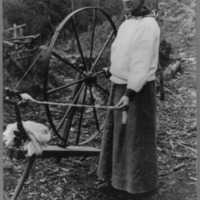Browse Exhibits (6 total)
Women in the 1893 Columbian Exposition
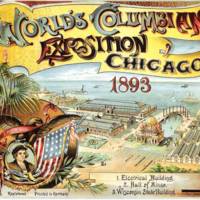
In 1893, Chicago was the home to the Columbian Exposition, a celebration of American progress in the time since the 'discovery' of America by Christopher Columbus. Heralded for its anthropological displays, scientific advacements, and ar
Niagara Falls

Niagara Falls is a place of splendor, majesty, and one of the most popular vacation destinations in the world. Thousands of visitors come each month to see, explore, and take delight in the grandness of the falls. Those who come to Niagara come for many different reasons: the nature, honeymoons, technology, or to risk death and cross over the falls. No matter what reason they come, Niagara gives them something they can not find in their everyday life—an overpowering sense of nature and a need to either conquer or give into it.
The Iterative Process of Teaching Children Consumerism and Racism through the Trade Card
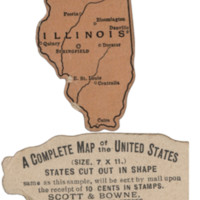
This exhibit focuses the turn of the 19th century and how instrumental advertisement collecting among children was to the expansion of American consumerism and the perpetuation of racism against African Americans and people of other races.
The first chapter "The Trade Card" gives a brief history of the trade card and and its emergence in youth culture as a tool for education. The following chapter narrows into the trade cards ability to educate children and focuses on what messages are being displayed when interacting/consuming trade cards with depictions of African Americans. The the third chapter "Iterative Education: Scrapbooking", explores the idea of scrapbooks as intertext and what messages about ideas of race are conveyed in scrapbooks with the use of racially charged trade cards. The fourth chapter explores the other races and what prejudices were being directed toward the general public. Finally, just as important as the rise in popularity of the trade card it is important to consider why the trade card sharply fell in popularity soon after the turn of the century and what this meant for children as members of consumer culture.
The Freedom of the Press During the American Civil War
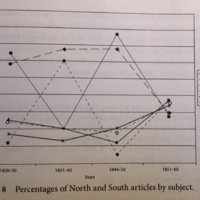
During the American Civil War, the North and the South held opposing views towards both the slavery system and the future of America. Then, it is common to overgeneralize the terms “South” and “North” to be collective wholes and to neglect the contradictories within the South and the North. David B. Sachsman, an expert on American journalism during the Civil War period, argued several times in both of his books – Words at War and The Civil War and the Press – that there was no freedom of press since each of them had to represent its unified stand.
According to my research on the newspapers during the 19th century United States, however, I strongly believe that there was actually a large degree of freedom of the press in both the North and South. The freedom of the press was first indicated by different views from the South and the North. Then I am also going to analyze various points of view within North and within South. The conflicting ideas even had great impact on President Lincoln’s opinions and the progress, or at least the speed, of the Civil War.
Healing, Resistance, and Collecting: The Struggle to Maintain Black Culture and Empowerment Post-Abolition
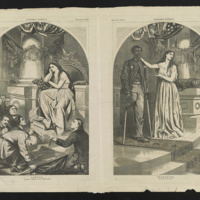
Following emancipation and suffrage for black men after the Civil War there was an unprecedented growth in power for the black community as they were able to cast ballots for other black men to public positions. The rapid increase of people of color in offices alarmed the previously-helpful white allies, who mainly saw them as new voters, not new competition for offices. As aid from allies waned, oppression from enemies grew, as the KKK and other white supremacists sought to quell the new "uppity" black people through lynchings and other gruesome spectacles. From this era arose four major viewpoints from the black community on how to address the trends: Ida B. Wells, Booker T. Washington, W.E.B. DuBois, and Arturo Schomburg, all of whom looked to preserve the rights and lives of the black community in this time of aggression and a lack of support.
